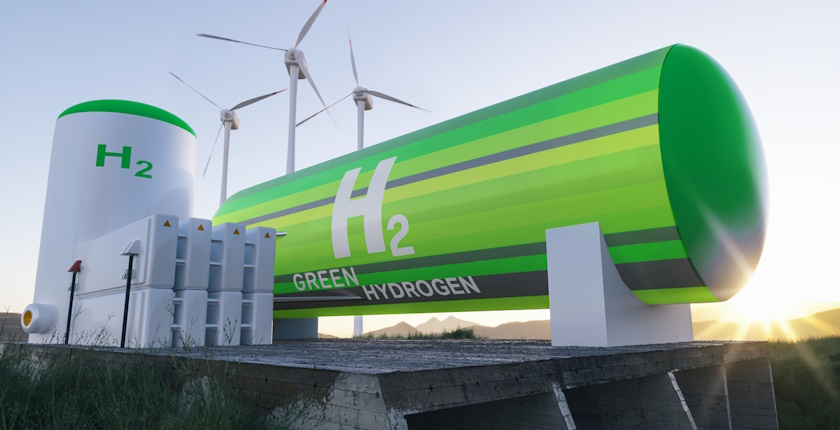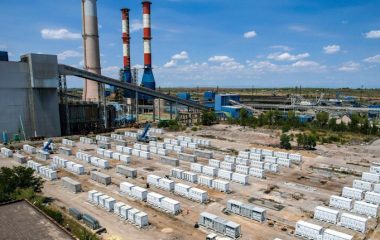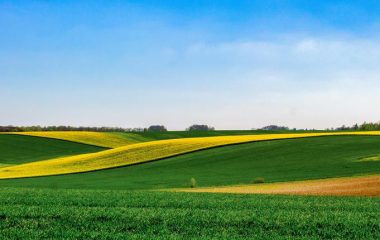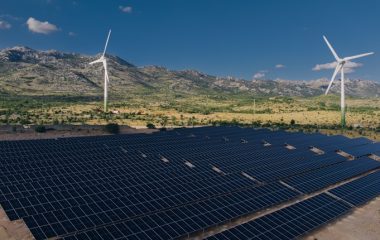
Photo: iStock
The European Commission earmarked EUR 1.2 billion for the second auction for renewable hydrogen under the European Hydrogen Bank mechanism. The sum includes EUR 200 million for maritime transportation. Equipment from China is limited to 25% per project and the ceiling price was lowered to EUR 4 per kilogram.
The European Commission published the final terms and conditions for its second renewable hydrogen auction, IF24, via the Innovation Fund. The mechanism, a key pillar of the European Hydrogen Bank (EHB), provides financial support to producers of hydrogen categorized as renewable fuel of non-biological origin (RFNBO), according to the announcement.
Up to EUR 1.2 billion in support is available for the competitive process. The sum includes EUR 200 million for renewable hydrogen or its derivatives for maritime transportation. Of note, the IF23 pilot auction brought EUR 720 million to seven projects.
The new round will launch on December 3, the schedule shows. The auction is for producers located in the European Economic Area (EEA).
The launch of the renewable hydrogen auction is due on December 3
The idea is to contribute to the creation of a European market for renewable hydrogen, also known as green hydrogen, with public support to derisk investments, the European Union’s executive body explained. Selected beneficiaries receive a fixed premium over a maximum of ten years of operation.
Offtakers with the highest bids are paired with producers that offer renewable hydrogen at the lowest prices, and the Innovation Fund covers the difference. The European Commission cut the ceiling price to EUR 4 per kilogram from EUR 4.5 per kilo.
New criteria include safety, cybersecurity
The criteria include safety of operation and cybersecurity. The second auction will also feature new resilience requirements, oriented toward the objectives of the Net Zero Industry Act (NZIA), the update adds.
“Having regard to the current and projected global and EU supply and demand trends for electrolysers, including the fact that Chinese production capacity is already more than 50% of global production and the projected hydrogen production in China surpasses by far its domestic 2025 target and foreseeable global demand, it is assessed that there is a significant risk of increased and irreversible dependency of the EU on imports of electrolysers originating in China, which may threaten the EU’s security of supply. Thus special measures are justified in this nascent industry, contributing to the objectives of the Net Zero Industry Act. As a result, projects have to limit the sourcing of electrolyser stacks which include surface treatment, cell unit production and stack assembly from China to not more than 25% (in MWe) to fulfil this criterion,” the document reads.
A higher maturity level is required for application than in the pilot auction.
The Innovation Fund provides other kinds of grants, financing and technical assistance as well, for renewable hydrogen projects.
EU drafts low-carbon hydrogen definition
Additionally, the European Commission started a public consultation until October 25 on its draft delegated act that clarifies the methodology for evaluating the emission savings of low-carbon hydrogen and fuels. Renewable hydrogen and RFNBOs are already defined.
Generally, the new regulation is slated to include so-called blue hydrogen and pink hydrogen. The former is produced from fossil gas, like gray hydrogen, but with carbon dioxide emissions sequestered and permanently stored. The technology is called carbon capture and storage – CCS – or, if utilization is involved, CCUS.
The latter category is produced in electrolyzers, like green or renewable hydrogen, but using nuclear power. Water molecules are split into hydrogen and oxygen.
The commissioners proposed to define low-carbon hydrogen as the kind with at least 70% of emissions less than the source it is replacing. The final version of the delegated act will come into force unless the Council of the EU or European Parliament reject it.


















Be the first one to comment on this article.